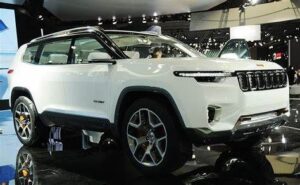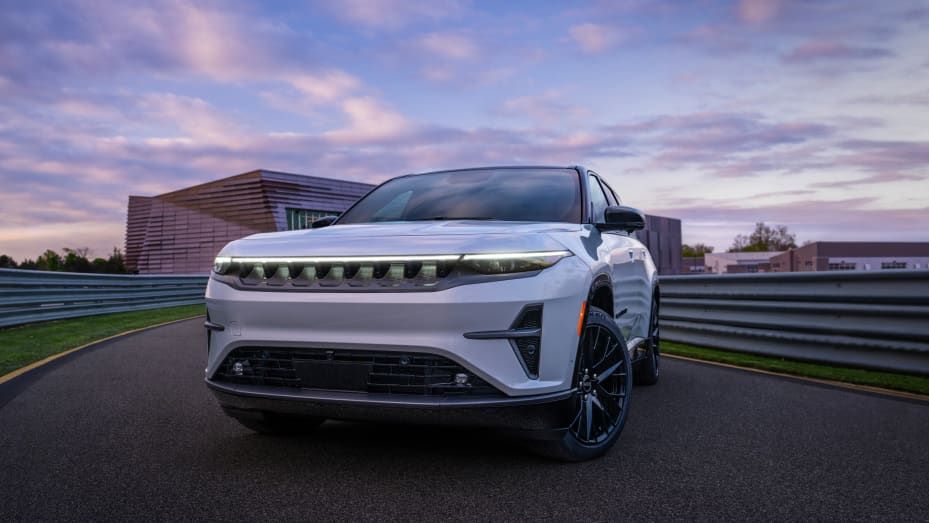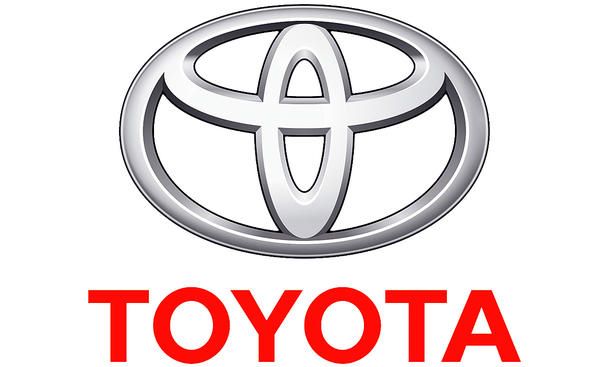Rohit Baniwal, reporter
In brief
- Jeep CEO Antonio Filosa told CNBC that Jeep plans to sell 160,000 to 170,000 PHEVs in the U.S. this year, up 40% to 50% from last year.
- The objective comes as Jeep releases its first U.S. all-electric SUV, the Wagoneer S EV.
- Jeep has invested more in PHEVs to counterbalance sales of its gas-guzzling SUVs amid tougher emissions and fuel economy rules.

Jeep wants to increase U.S. sales of its plug-in hybrid electric vehicles by 50% this year as it bridges its gas-guzzling SUVs and all-electric vehicles amid slowing EV sales.
Jeep CEO Antonio Filosa told CNBC that Stellantis plans to sell 160,000 to 170,000 PHEVs in the U.S. this year, up 40% to 50% from last year.
The aim comes as Jeep unveils its first U.S. all-electric SUV, the Wagoneer S.
“It’s the best time to be flexible, as we are,” Filosa said Thursday after introducing the brand’s new EV in New York. “Freedom of choice will drive market growth.”
PHEVs, which mix an internal combustion engine with EV technologies, could enable consumers adopt electrified vehicles as a first step to all-electric ones.
Jeep estimates that PHEV sales this year will exceed Stellantis’ 2023 U.S. sales of 143,000 cars. AutoPacific predicts they would outperform 27.5% segment growth this year. Compared to the consultancy and data firm’s 17% EV increase.
Last year, Jeep sold 113,113 PHEVs, including 67,429 Wranglers and 45,684 Grand Cherokees. Sales were 31,750 in the first quarter, an increase of 47% over the previous year. The brand leads U.S. PHEV sales.
Jeep has invested more in PHEVs to counterbalance sales of its gas-guzzling SUVs amid tougher emissions and fuel economy rules.
Next up for Jeep are the Wagoneer S EV this autumn, a Wrangler-like EV named the Recon, and a Cherokee midsize SUV successor in the first half of next year. In 2025, the gas-powered Wagoneer and Grand Wagoneer will have plug-in “range-extender” variants.
We have strategy. Filosa said they have a business plan and think their price position and product suit them to reach their volume goals.
Hybrids and plug-in hybrids mix EV and traditional engines. A classic hybrid like the Toyota Prius uses electrified equipment, including a small battery, to improve fuel economy.
Plug-in hybrids feature larger batteries to drive all-electric for a specified number of kilometres before an engine or electric motors are needed.
Filosa and Stellantis Chief Technology Officer Ned Curic said the company is considering selling traditional hybrids in the U.S. alongside its plug-in variants.
“We’re deciding at the moment how will the market respond to our hybrids,” Curic said in another interview. “Our roadmap has a good mix of EV, PHEV, and internal combustion engines.”
Range-extender electric vehicles (REEVs) work differently from hybrids. The vehicles may function as zero-emissions EVs until their batteries fail and a 3.6-liter V6 engine-powered electric onboard generator takes over after charging.
Ram Ramcharger full-size pickup truck will be Stellantis’ first REEV later this year.
“This is quite a good option,” Curic added. “I’m confident that vehicle will do beautifully.”
According to Curic, REEVs will cost more than PHEVs, which already cost more than gas-powered vehicles but less than all-electric ones.




